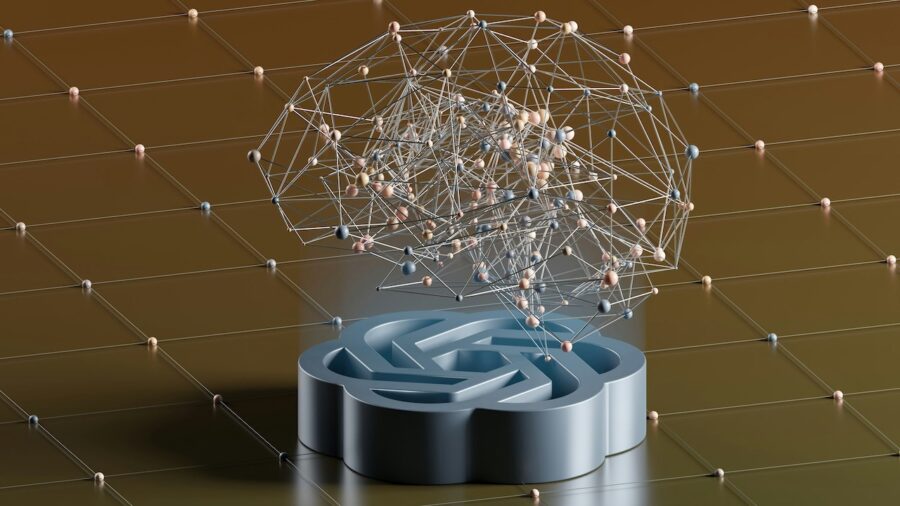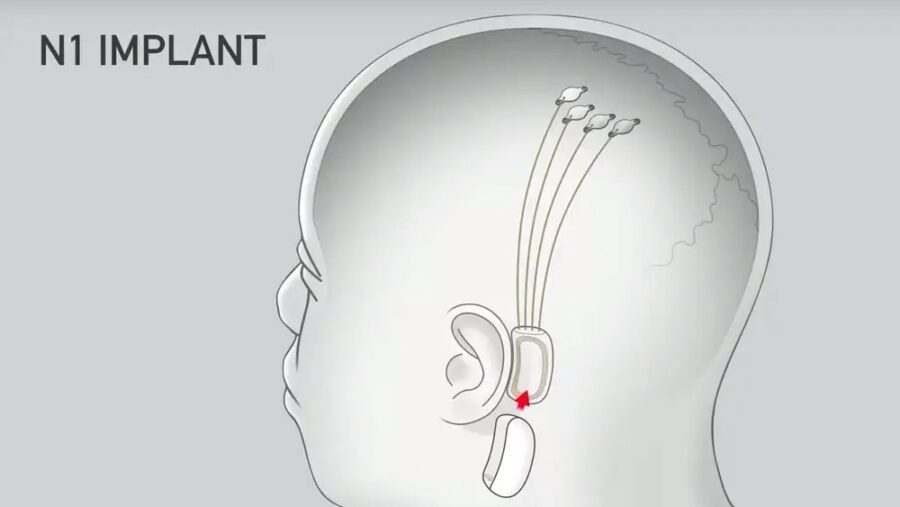Neuralink Human Subject Shows Brain-Computer Interface In Stunning Video

The first human subject has received the Neuralink brain implant, the brainchild of entrepreneur Elon Musk. The field of neurotechnology has taken a monumental leap forward with Noland Arbaugh, a 29-year-old quadriplegic man, who has showcased the unprecedented capabilities of the company’s brain-computer interface (BCI) in a recent livestream on the social media platform X.
Arbaugh, who has been paralyzed from the shoulders down for eight years following a diving accident, emerged as the face of Neuralink’s groundbreaking technology. Through the Neuralink implant embedded in his brain, Arbaugh demonstrated his ability to control a computer cursor and engage in activities such as playing online chess and video games like Civilization—all accomplished with the power of his thoughts.
Check out the awesome Nueralink video:
The Neuralink implant is a chip that is surgically placed into the brain using a specialized robotic system developed by the company. Once implanted, the device comprises thousands of electrodes distributed across thin threads, thinner than a human hair, enabling it to record and transmit neural signals wirelessly to an external device.
Arbaugh expressed his excitement and gratitude for being part of the Neuralink study
During the livestream, Arbaugh expressed his excitement and gratitude for being part of the Neuralink study, describing the experience as “pretty cool” and emphasizing the life-changing impact it has had on him. He detailed the process of learning to navigate the cursor through mental visualization, highlighting the intuitive nature of the interface.
Neuralink’s journey to this milestone has been characterized by both anticipation and controversy. Founded in 2016 with the vision of achieving symbiosis with artificial intelligence, the company has faced scrutiny over its transparency regarding the trial process and its treatment of research animals.
Neuralink’s brain-computer interface can assist with neurological disorders, enhancing human-computer interactions, and augmenting cognitive abilities.
However, the recent demonstration featuring Arbaugh marks a significant step forward in realizing Neuralink’s ambitious goals.

Beyond empowering paralyzed individuals, Neuralink’s brain-computer interface holds promise for a wide range of applications, including assisting individuals with neurological disorders, enhancing human-computer interactions, and augmenting cognitive abilities. However, the technology also raises ethical considerations, such as issues related to consent, privacy, and potential misuse.
The Neuralink chip has the potential to help people with a wide variety of neurological disorders, such as amyotrophic lateral sclerosis (ALS), multiple sclerosis (MS), or Parkinson’s disease. These conditions often result in motor impairments that limit mobility and communication. By bypassing damaged neural pathways, the chip could allow individuals to communicate, navigate their environment, and perform daily tasks more independently.
It can also help stroke survivors who experience motor impairments, speech difficulties, or cognitive deficits as a result of brain damage. The Neuralink chip could assist in rehabilitation efforts by facilitating motor control, speech synthesis, or cognitive training tasks tailored to each individual’s needs. This could potentially accelerate recovery and improve functional outcomes following a stroke.
In addition to its clinical applications, the Neuralink chip has the potential to advance our understanding of the brain and how it functions. By recording and analyzing neural activity in real-time, the chip could provide valuable insights into brain function, connectivity, and plasticity. This could inform the development of new treatments and interventions for a wide range of neurological conditions.
Neuralink’s achievement comes at a time when the field of brain-computer interfaces is rapidly evolving, with companies like Synchron also making strides in developing similar technologies. These advancements hold promise for individuals with paralysis and a range of neurological challenges, offering them newfound autonomy and connectivity in the digital realm.












